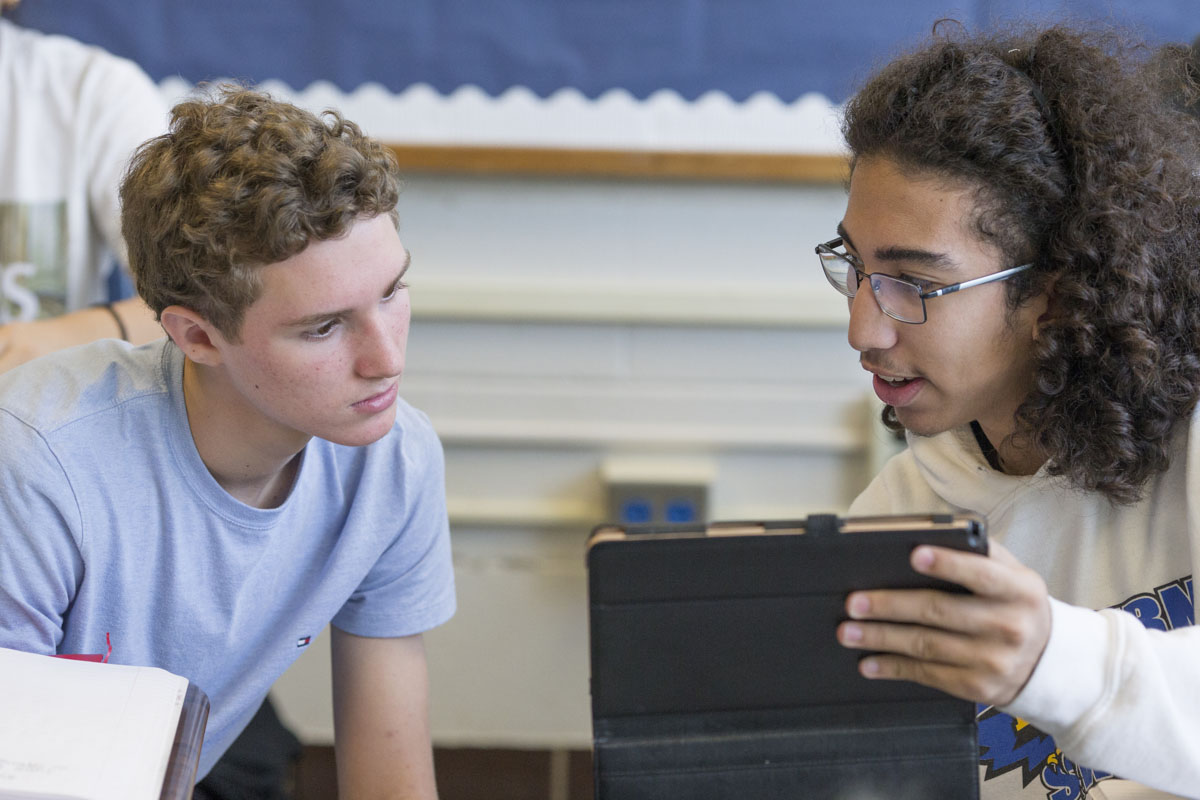What is a story pitch?
A media pitch is a short communication, typically an email or direct message, suggesting a news story to a journalist or editor at a publication, radio station or broadcast network. The goal of a pitch is to generate coverage and determine if your media contact is interested in creating a story around the content. —Muck Rack
What will students learn?
If students can understand why certain stories make the news, and if they can weigh in on whether they think it’s an important issue or not, that can go a long way in creating an informed citizenry. During this process students also learn more about how information spreads and ways to find and create more connections with the world around them.
Students can use reading models to engage with available information to determine what questions they have about this topic. Students can also check in with themselves about reactions to articles and information and see that as a journalist, you are both a reader and a writer—that you are thinking like your audience and also thinking like the person who has done the exploration.
Why write a story pitch?
As students and citizens, writing a story pitch is not a common practice. According to ___, students either are not reading the news, are engaging solely in social media to learn about the world around them, or do not see themselves reflected in the news and so do not see a connection between themselves and what is published. What’s more, students find that it is sometimes difficult to discern what is misinformation and what is news, and this can keep them from even engaging in reading or wanting to write news—why join in the mumbo jumbo that sometimes just feels like noise?
What if more students felt empowered to join in the news writing so that they didn’t only feel like they needed to fact check others’ writing and reporting, but they lived the process of bringing truths and realities that they reported on to others? And what if the topics were things that affected them or that they knew affected the world around them? What if they had the tools and practices to sift through documents and to talk to people to understand an issue firsthand? What if they felt what it feels like to then communicate their findings to those who haven’t explored that topic and discuss ways in which it made sense and where there are still holes in their thinking?
What will students make?
Students can work in groups to create a pitch together around a single topic, and then work individually to create their own pitches for their own individual stories.
Related Download: Lesson plan sequence template.


